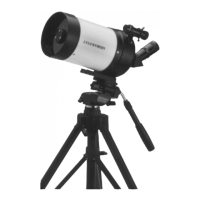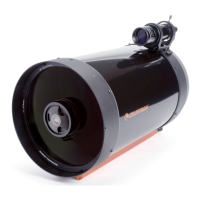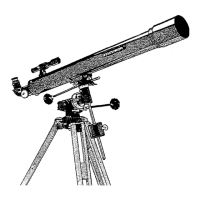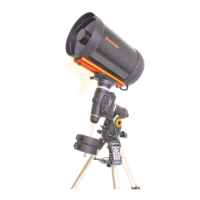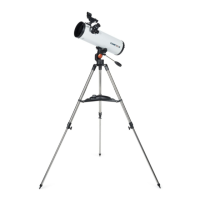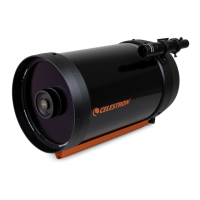37
S
S
e
e
e
e
i
i
n
n
g
g
Seeing conditions refers to the stability of the atmosphere and directly affects the amount of fine detail seen in extended
objects. The air in our atmosphere acts as a lens which bends and distorts incoming light rays. The amount of bending
depends on air density. Varying temperature layers have different densities and, therefore, bend light differently. Light
rays from the same object arrive slightly displaced creating an imperfect or smeared image. These atmospheric
disturbances vary from time-to-time and place-to-place. The size of the air parcels compared to your aperture
determines the "seeing" quality. Under good seeing conditions, fine detail is visible on the brighter planets like Jupiter
and Mars, and stars are pinpoint images. Under poor seeing conditions, images are blurred and stars appear as blobs.
The conditions described here apply to both visual and photographic observations.
Figure 7-1
Seeing conditions directly affect image quality. These drawings represent a point source
(i.e., star) under bad seeing conditions (left) to excellent conditions (right). Most often,
seeing conditions produce images that lie some where between these two extremes.
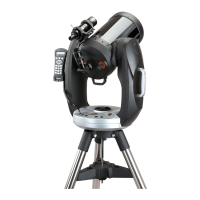
